A data integration report describes how organizations combine data from multiple sources to create unified, actionable insights. Artificial intelligence refers to computer systems that perform tasks usually requiring human intelligence, such as learning and decision-making. Companies now rely on ai to drive business goals and improve efficiency.
Recent data integration reports highlight major shifts in how you use ai. For example, 65% of organizations use or explore ai technologies, and early adopters exceed business goals at a rate of 56%. The table below shows more statistics:
| Statistic Description --- | Value --- | | Early adopters exceeding business goals --- | 56% --- | | Companies prioritizing AI investment chance of revenue growth --- | 35% --- | | Organizations using or exploring AI technologies --- | 65% --- | | AI adopters reporting reduced operational costs --- | 44% --- | | Companies improving customer service through AI --- | 62% --- |
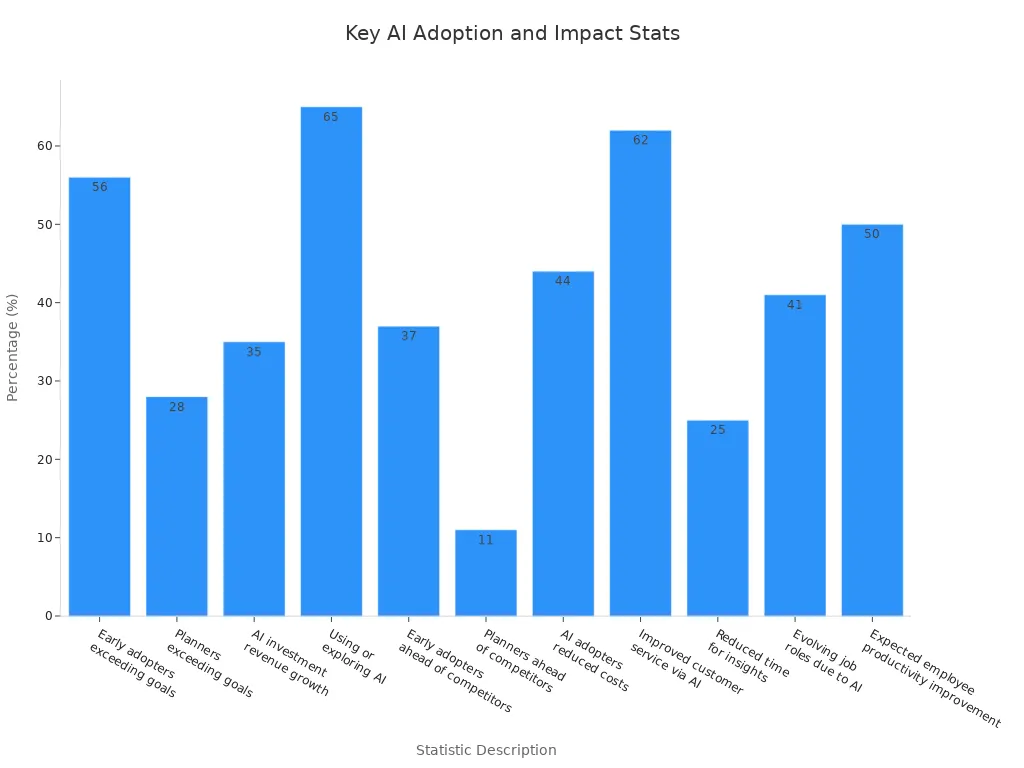
You see more businesses focus on agentic ai for competitive advantage. Security and privacy concerns increase as artificial intelligence becomes more integrated. Robust governance platforms help you manage legal and ethical challenges. Reflect on these trends to understand their relevance to business intelligence and data management.
Data Integration Report Trends

AI Trends in Data Integration
You see a rapid shift in how organizations approach data integration. The latest trends in data integration and ai show that artificial intelligence now plays a central role in automating and optimizing data workflows. According to the most recent data integration report, you notice several important developments:
- Generative AI is gaining importance. Many organizations focus on how to use it for production and data access.
- Data professionals work to integrate diverse external data sources and simplify complex integrations.
- There is a growing demand for ready-to-use data and new strategies to improve data engineering.
You find that generative AI and machine learning automate tasks such as data cleansing and anomaly detection. Automated integration tools are becoming more common. Industry research predicts that over 70% of enterprises will use AI-driven tools by 2025. This shift allows you to spend less time on manual work and more time on strategic projects.
AI and machine learning now handle many labor-intensive tasks. These technologies improve data accuracy and reliability. You can focus on higher-level analysis and decision-making. The ai index report highlights that self-learning systems adapt to changes in data formats without human help. Conversational interfaces let non-technical users request integrations, making these tools more accessible. Predictive features help you solve problems before they affect your business.
A recent ai index report shows that automation, speed, scalability, and accuracy are the main advancements in data integration. The table below summarizes these changes:
| Advancement | Description |
|---|---|
| Automation | AI automates tedious tasks, reducing the time needed for data integration. |
| Speed | Real-time data processing gives you instant access to the latest information. |
| Scalability | AI integration platforms handle many data sources, supporting business growth. |
| Accuracy | AI improves data quality, reducing errors and supporting better decisions. |
You see that the ai index report and other research confirm these trends. The growing data integration demands push organizations to adopt new tools and methods. Investment in artificial intelligence and data integration continues to rise as companies seek to stay competitive.
Real-Time Data Integration
Real-time data integration has become a top priority for many organizations. The latest data integration report shows that businesses want to access and use data as soon as it is available. This need for speed drives the development of new solutions.
FineDataLink supports you in meeting these demands. The platform uses a low-code approach to simplify complex data integration tasks. You can synchronize data across more than 100 sources, including SaaS applications, databases, and cloud environments. FineDataLink enables real-time data synchronization with minimal latency. This feature is useful for database migration, backup, and building real-time data warehouses.
You can also use FineDataLink to develop APIs quickly, often in just a few minutes and without writing code. This capability makes it easy to share data between different systems. The platform supports advanced ETL and ELT development, which helps you preprocess and transform data efficiently.
The table below highlights how FineDataLink enables real-time data integration in modern data architectures:
| Feature | Description |
|---|---|
| Low-Code Platform | Simplifies data integration, enabling real-time synchronization. |
| Data Source Support | Connects to over 100 data sources, including SaaS, databases, and cloud environments. |
| API Integration | Allows fast API development and seamless data sharing between systems. |
| Minimal Latency | Ensures real-time synchronization with very low delay. |
| Advanced ETL & ELT Development | Supports complex data transformation and preprocessing. |
You benefit from these features by gaining faster access to accurate data. This supports better business intelligence and decision-making. The ai index report and recent research both show that real-time data integration is essential for modern organizations. As you invest in new technologies, you can use platforms like FineDataLink to meet the growing data integration demands and stay ahead in a competitive market.
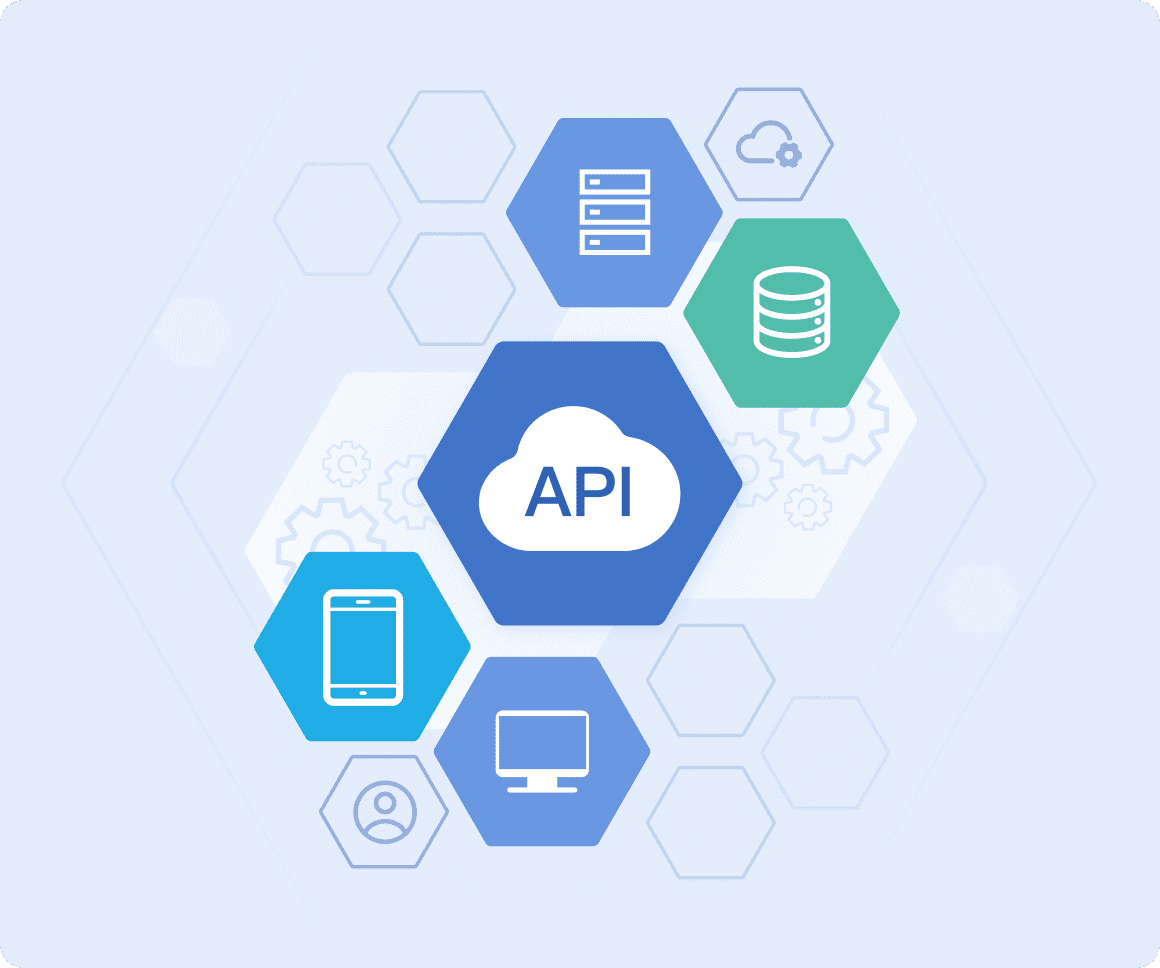
Challenges in Data Integration Report
Data Silos
You often face data silos as one of the most pressing challenges in the field of data integration. These silos form when departments do not collaborate, use different toolchains, or operate separate databases for sales, marketing, product, and support. Legacy systems and poor data infrastructure also contribute to this problem. Cloud SaaS tools that do not communicate with each other and fragmented tracking make it even harder to unify your data.
Data silos have a direct impact on business intelligence and decision-making. The table below shows how these silos affect your organization:
| Impact Type | Description |
|---|---|
| Operational Inefficiency | Bottlenecks and redundancies slow down workflows and delay customer responses. |
| Impaired Decision-Making | Incomplete information leads to decisions based on partial understanding. |
| Innovation Stagnation | Siloed data restricts idea sharing and slows innovation. |
| Resource Waste | Duplication of efforts wastes labor and increases costs. |
| Missed Opportunities | Isolated data sets cause misaligned strategies and lost revenue. |
| Compliance Risks | Inconsistent data increases legal and reputational risks. |
FineDataLink helps you break down these silos. The platform connects over 100 data sources and supports real-time synchronization, making your data accessible and unified.
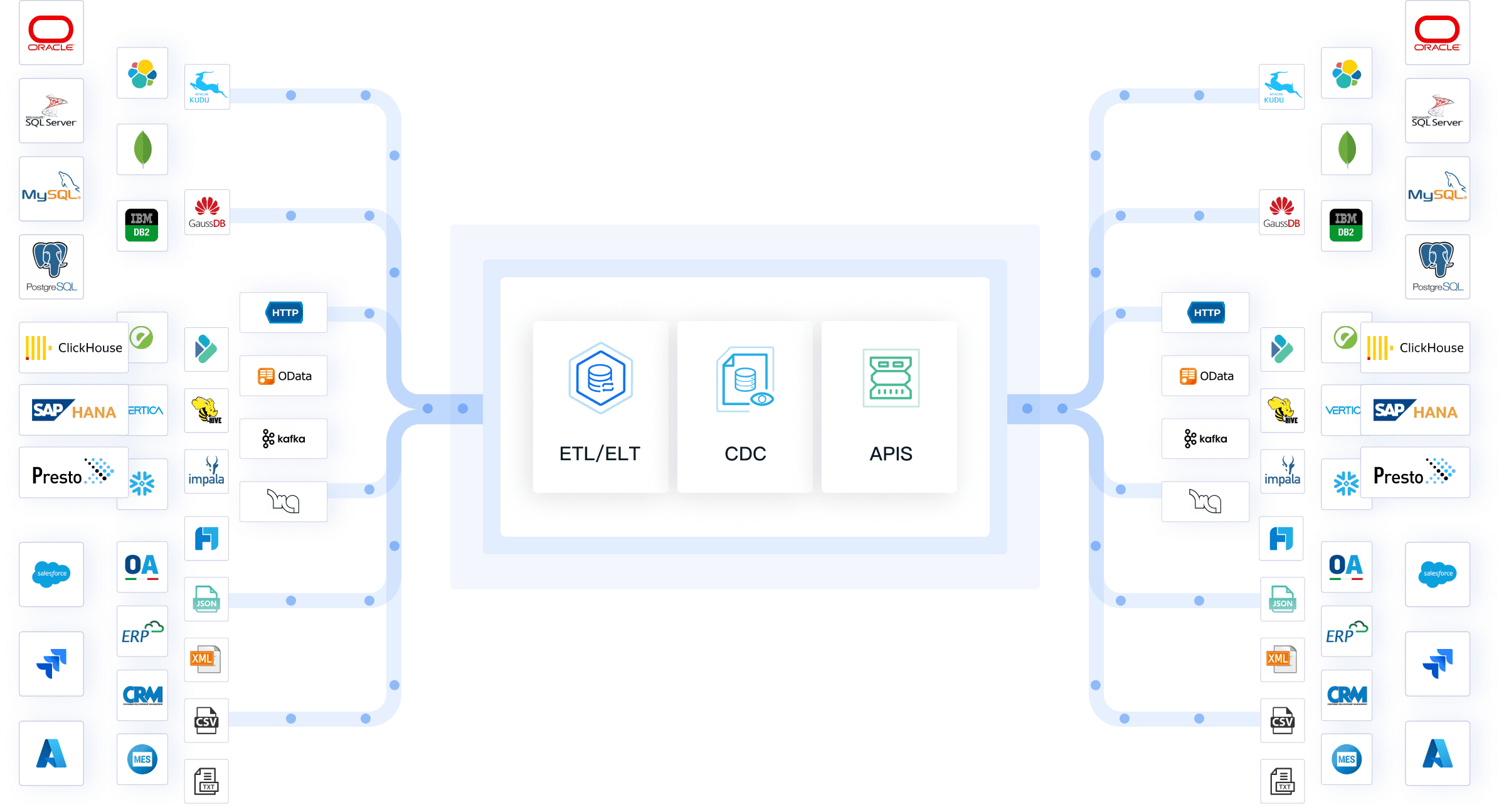
Data Quality
Data quality remains a top concern in the industry. According to the ai index report, 64% of organizations identify data quality as the main integrity challenge. Inconsistent data definitions, inadequate automation tools, and increasing data volume make it difficult to maintain high standards.
| Challenge | Percentage of Organizations |
|---|---|
| Data quality as top integrity challenge | 64% |
| Inadequate tools for automating processes | 49% |
| Inconsistent data definitions and formats | 45% |
| Increasing data volume | 43% |
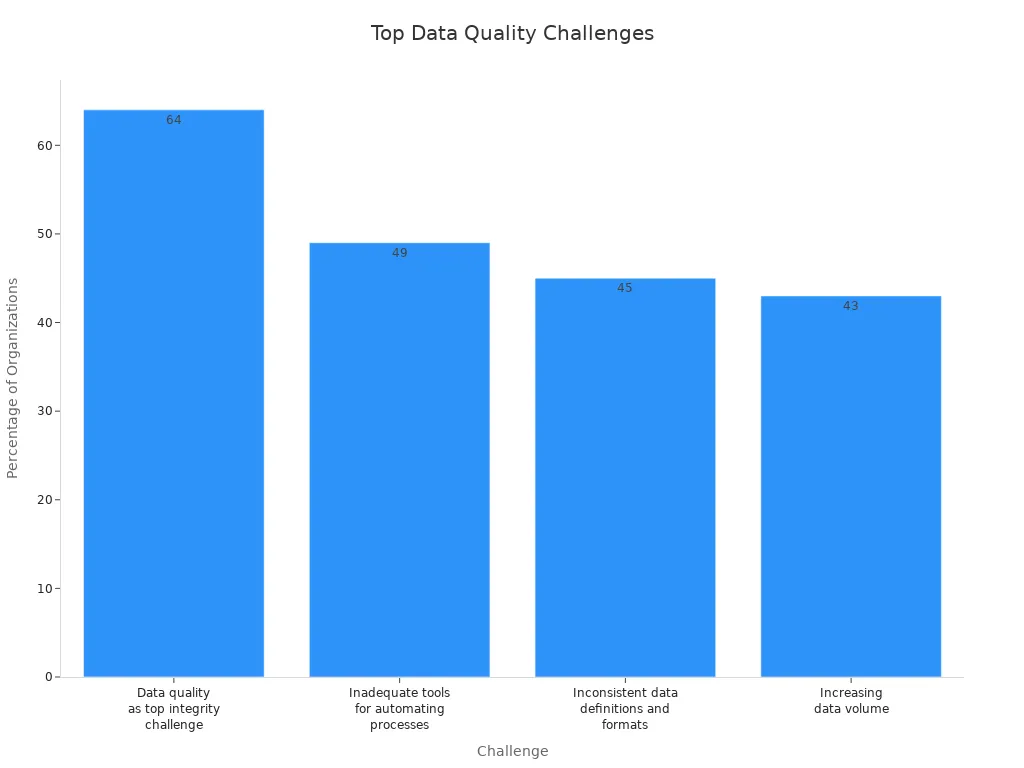
Poor data quality can lead to flawed ai outcomes. For example, Amazon’s ai recruitment tool failed due to biased training data, and polling models in the 2016 U.S. election produced inaccurate results because of poor data representation. FineDataLink addresses these issues by providing advanced ETL and ELT tools, ensuring your data remains accurate and reliable.
Automation
Manual processes in data integration, such as data entry, cleaning, and transformation, consume significant time and resources. The ai index report highlights that automation reduces operational costs and errors. Industry benchmarks show that workflow automation can cut operational costs by up to 40%, and effective metadata management can reduce project costs by 30%.
| Source | Evidence |
|---|---|
| IDC | Effective metadata management can lead to a 30% reduction in data-related project costs. |
| PwC | Workflow automation can achieve a 40% reduction in operational costs. |
| Integrate.io | Automated ETL monitoring improves error detection rates. |
FineDataLink's low-code platform automates these tasks, helping you meet growing data demands and focus on strategic work. The platform’s real-time and automated solutions support your organization as you navigate the challenges of modern data integration and ai-driven analytics.
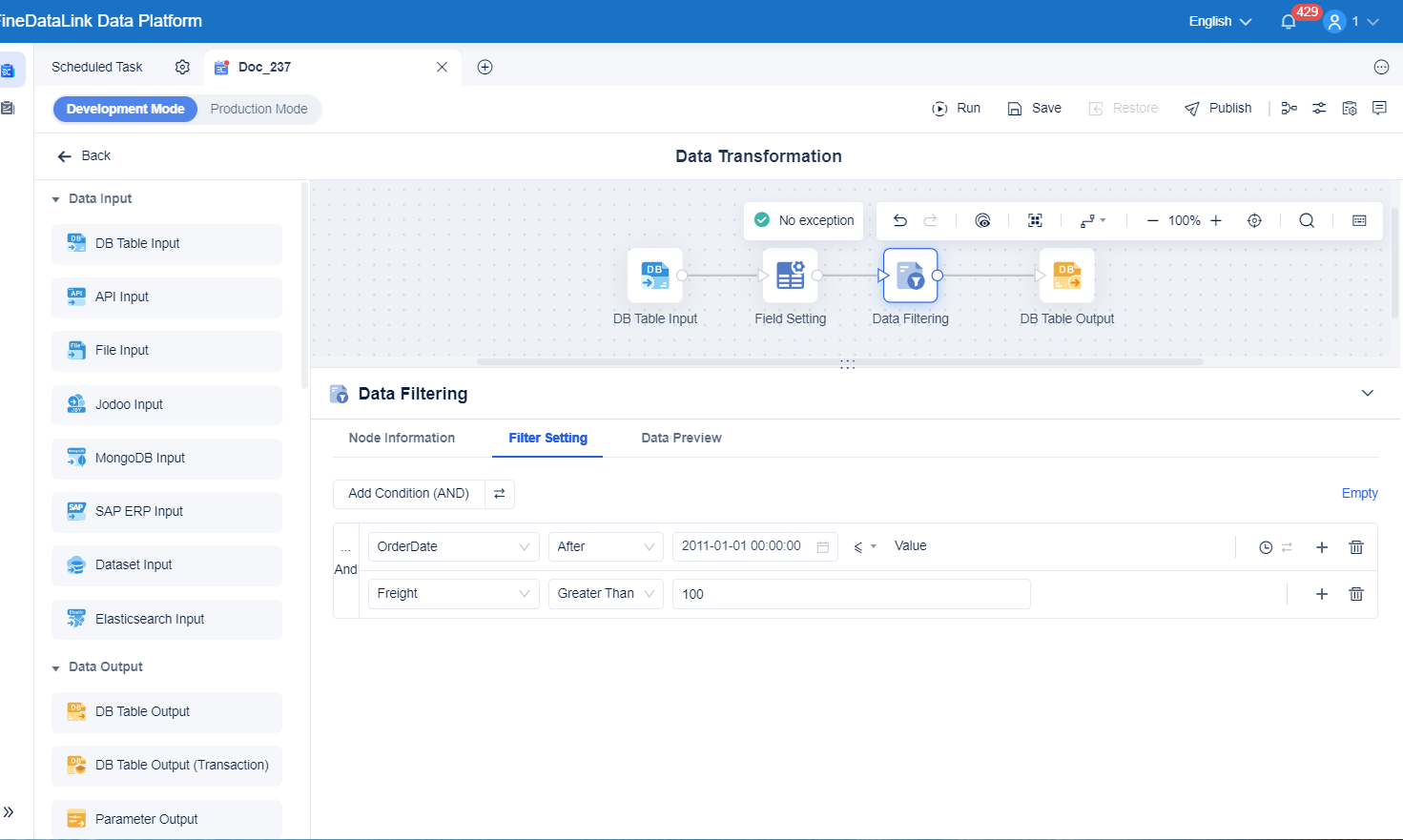
Solutions For Data Integration Report
FineDataLink Features
You see rapid changes in the data integration industry as organizations seek to harness artificial intelligence for better results. Recent research and the ai index report highlight that companies invest in technology to streamline workflows and improve accuracy. Many organizations now use ai systems to automate data management, reduce manual work, and support business growth. These trends drive investment in platforms that offer real-time data integration and advanced features.
FineDataLink stands out in this landscape. The platform offers a low-code interface, making it easy for you to manage complex data integration tasks. You can connect to over 100 data sources, which increases versatility and connectivity. The drag-and-drop functionality lets you build and manage ETL pipelines without deep coding knowledge. Real-time synchronization ensures your data stays current, supporting dynamic business environments.
| Feature | Description |
|---|---|
| Low-code interface | Simplifies complex data integration processes with minimal coding. |
| Real-time synchronization | Provides seamless data updates with minimal latency. |
| Support for over 100 sources | Enables integration from a wide variety of platforms. |
| Drag-and-drop functionality | Offers an intuitive way to manage ETL tasks efficiently. |
ETL/ELT and APIs
You benefit from ETL and ELT solutions that move and transform data for analytics and warehousing. The ai index report and industry research show that these tools adapt to schema changes and detect anomalies automatically. You reduce reliance on developers, allowing business users to manage data pipelines. Real-time integration lets you respond quickly to market changes and improves customer experiences. API generation enables real-time data access and communication between applications, supporting both cloud and on-premises setups.
- Real-time capabilities synchronize data instantly for time-sensitive decisions.
- High data quality control ensures only clean, standardized data reaches your repository.
- Proven methodology for historical data supports reliable analytical datasets.

Integration with BI
Integrating data integration tools with business intelligence platforms like FanRuan enhances your ability to monitor key performance indicators and react promptly to changes. Advanced visualization tools help you understand complex data sets, making insights more accessible. The ai index report and recent research confirm that organizations see a 325% improvement in report generation speed and a 156% increase in forecast accuracy. You also experience a 78% reduction in manual reporting overhead and faster strategic planning cycles. By democratizing data access, you empower teams to make informed decisions and drive operational excellence.
Scaling Data Teams For Data Integration Report
Collaboration
You need strong collaboration strategies to scale your data integration teams. Industry leaders recommend using structured collaboration tools, cross-functional meetings, and continuous learning to improve workflow and team alignment. The following table summarizes effective strategies:
| Collaboration Strategy | Description |
|---|---|
| Structured Collaboration Tools | Tools that improve workflow and enhance team alignment. |
| Cross-Functional Collaboration | Regular meetings and projects between data analysts and business units. |
| Continuous Learning | Ongoing training and exploration of new data tools. |
Cross-functional collaboration can increase project success rates by 15%. When you bring together data analysts and business units, you align goals and solve challenges more efficiently. The ai index report highlights that organizations with strong collaboration experience better integration outcomes and streamlined processes.
Upskilling
The rapid evolution of ai and data integration means your team must keep learning. According to the ai index report, 92% of jobs will undergo significant transformation due to advancements in ai. Over half of employees expect their skills to change in the next five years. You can address these demands by investing in learning and development, focusing on skills like machine learning, computer vision, and natural language processing.
According to Dmitri Adler, Co-Founder of Data Society, productivity is the key metric for evaluating success. He explains: "The return on investment for data and AI training programs is ultimately measured via productivity. You typically need a full year of data to determine effectiveness, and the real ROI can be measured over 12 to 24 months."
You should track improvements in workflow efficiency and monitor key business KPIs to measure the impact of upskilling.
Automation Tools
Automation tools play a crucial role in scaling data integration operations. Widely adopted platforms such as Power BI, Tableau, and Sisense offer robust integration, real-time updates, and advanced analytics. These tools help you save time, improve data accuracy, and gain real-time insights. Automation allows your team to handle large volumes of data with minimal manual effort, meeting the growing demands of modern organizations. By reducing repetitive tasks, you can focus on strategic initiatives and drive better business outcomes.
Impact of Data Integration Report on Society

AI Trends and Society
You see artificial intelligence shaping society in many ways. The ai index report shows that responsible ai is now a top priority for organizations. You notice that responsible ai means building ai systems that respect privacy, fairness, and transparency. As ai trends evolve, you must consider how technology affects daily life, work, and decision-making. Generative ai creates new opportunities for creativity and problem-solving, but it also raises questions about ethics and accountability.
Responsible ai helps you address these challenges. You need to ensure that artificial intelligence supports positive outcomes for society. The ai index report highlights that responsible ai practices reduce bias and improve trust in technology. You play a role in shaping how ai systems impact your community, from education to public services.
Data Integration for Social Good
Data integration supports social good by helping you solve complex problems. You can see its impact in areas like healthcare, disaster response, and poverty reduction. For example, healthcare organizations use data integration to track public health indicators and analyze disparities. The ai index report notes that responsible ai in healthcare leads to better patient outcomes and more equitable access.
You find data integration projects making a difference in society:
- Climate change mitigation: You collect and analyze environmental data to predict climate patterns and optimize energy use.
- Disaster response and relief: You aggregate real-time data for disaster monitoring and resource allocation.
- Poverty alleviation: You analyze socio-economic data to identify areas at risk.
- Healthcare access and equity: You track health indicators and address disparities.
You also see real-world examples. French hospitals use data integration to predict patient numbers. Kaiser Permanente’s HealthConnect system improves healthcare outcomes and reduces costs. Data scientists analyze insurance and pharmacy data to identify factors predicting opioid abuse.
You support social good by developing data products for non-profits and government agencies. Skilled volunteers deliver these tools, often free or at low cost. You help underserved communities build data skills through education. Responsible ai ensures that artificial intelligence benefits everyone in society.
Data Integration Report Case Study
BOE Success Story
You can learn a lot from BOE Technology Group’s approach to data integration. BOE, a global leader in IoT and semiconductor displays, faced major challenges with fragmented data and inconsistent metrics. Different departments stored information in separate systems. This made it hard for you to get a complete view of operations or make fast decisions. BOE needed a way to unify data, standardize metrics, and improve business intelligence.
BOE chose to build a comprehensive data integration solution. You see how they created a centralized data warehouse. This warehouse brought together information from many sources. BOE also set up clear rules for metric definitions. This step helped everyone in the company speak the same language when discussing performance. With a unified data layer, you can now analyze key performance indicators and compare results across different factories. BOE’s new system supports real-time monitoring and benchmarking, which helps you spot risks early and take action quickly.
Results and Benefits
You can measure the impact of BOE’s data integration project through clear results. The company achieved significant savings and improved efficiency. The table below shows the main benefits over five years:
| Metric | Value |
|---|---|
| Total savings over five years | $15 million |
| Direct cost savings from interoperability | $3.5 million |
| Net Present Value (NPV) | $5.8 million |
| Return on Investment (ROI) | 33% |
| Total benefits over five years | $23.3 million |
| Total costs over five years | $17.4 million |
You see that BOE reduced inventory costs by 5% and increased operational efficiency by 50%. The unified data integration platform allowed you to monitor business performance in real time. You can now identify risks early and respond faster. Cross-factory benchmarking became possible, so you can compare performance and share best practices. BOE’s experience shows that investing in data integration leads to measurable business value and supports digital transformation.
Future Outlook of Data Integration Report
AI Trends Ahead
You will see artificial intelligence continue to shape the future of data integration. The next three to five years will bring new trends that change how you work with data. You can expect customized models designed for specific organizational needs. These models will help you solve unique business problems and improve efficiency. Companies will focus more on data quality assurance to ensure reliable and ethical results from ai systems. You may encounter challenges from shadow ai, which refers to unauthorized or unmonitored ai tools that can disrupt data integration.
You will notice that organizations must integrate generative ai to boost efficiency and profitability. Competitive pressure will drive you to adopt these technologies quickly. As development accelerates, you will need to stay updated on best practices and new solutions. You should watch for these trends to remain competitive and make informed decisions.
- Customized models tailored for your organization
- Increased focus on data quality assurance
- Challenges from shadow ai affecting integration
- Integration of generative ai for efficiency and profitability
- Competitive pressure to adopt new technologies
Data Integration Evolution
You will experience rapid development in data integration technologies. These advancements will transform your business intelligence strategies. You can merge data from many sources, improve data quality, and gain real-time insights. This ability will help you make better decisions and support business growth.
You will see several changes in how you manage data:
- Integration of IoT data for real-time monitoring and analysis
- Cloud-based solutions for scalable storage and immediate access
- Advanced technologies that streamline integration and provide a unified view
You will benefit from these improvements by gaining a clearer understanding of your company’s operations and customer preferences. As development continues, you will find it easier to support data-driven decision-making and maintain a competitive edge. You should prepare for ongoing changes and invest in platforms that support future trends in artificial intelligence and data integration.

You gain clear direction from the latest data integration report. Use these insights to guide your next steps. The research shows that real-time integration and automation drive better outcomes. You should review your current data strategy and consider new investment in advanced tools. FineDataLink helps you stay ahead as data integration report trends evolve. Adapt now to ensure your organization remains competitive.
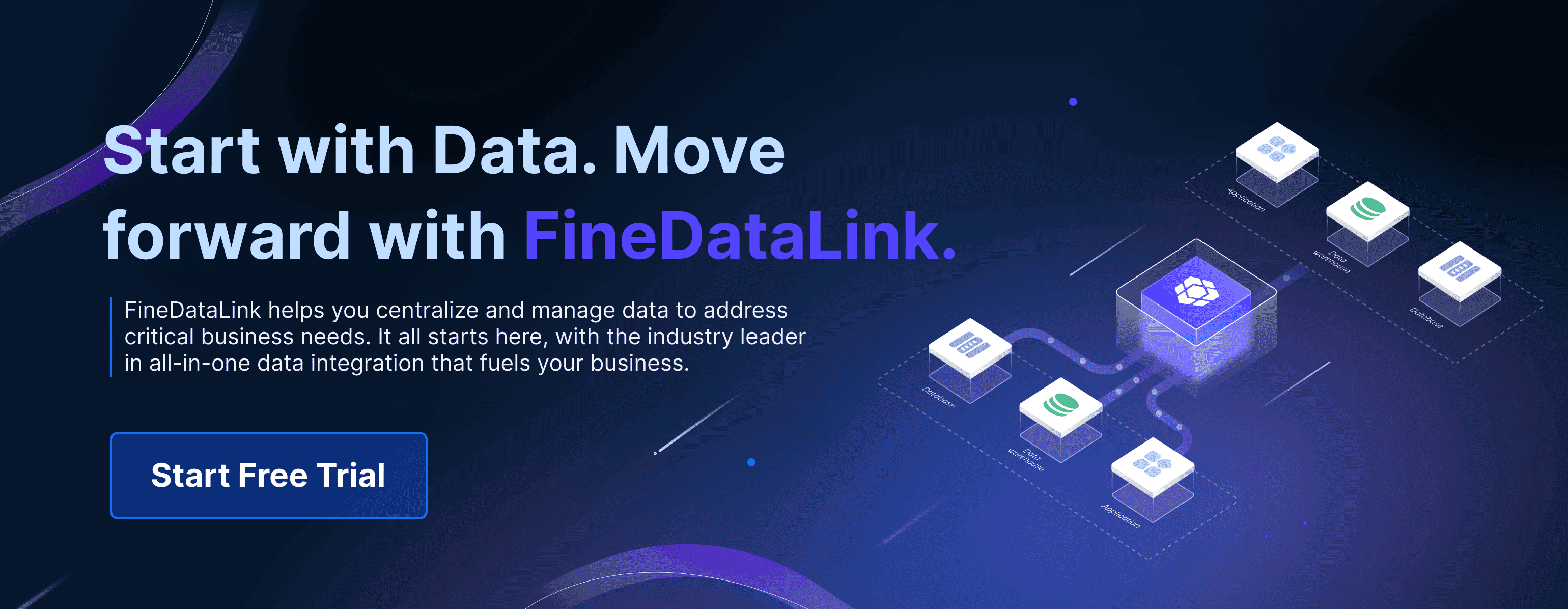
Continue Reading about Data Integration Report
Essential Data Integration: A Beginner's Guide
Top Data Integration Tools: 2025 Guide
Top 10 Data Integration Software for 2025
What is API Data Integration? API vs Data Integration
Best Data Integration Platforms to Use in 2025
Enterprise Data Integration: A Comprehensive Guide
Top 7 Data Integration Patterns for Modern Enterprises
FAQ

The Author
Howard
Data Management Engineer & Data Research Expert at FanRuan
Related Articles

10 Best Data Orchestration Tools for 2025 You Should Know
Compare the best data orchestration tools for 2025 to streamline workflows, boost automation, and improve data integration for your business.
Howard
Nov 28, 2025

10 Best Enterprise ETL Tools for Data Integration
Compare the 10 best enterprise ETL tools for data integration in 2025 to streamline workflows, boost analytics, and support scalable business growth.
Howard
Oct 02, 2025

What is Real Time Data Integration and Why It Matters
Real time data integration connects systems for instant, accurate data access, enabling faster decisions, improved efficiency, and better customer experiences.
Howard
Sep 24, 2025



